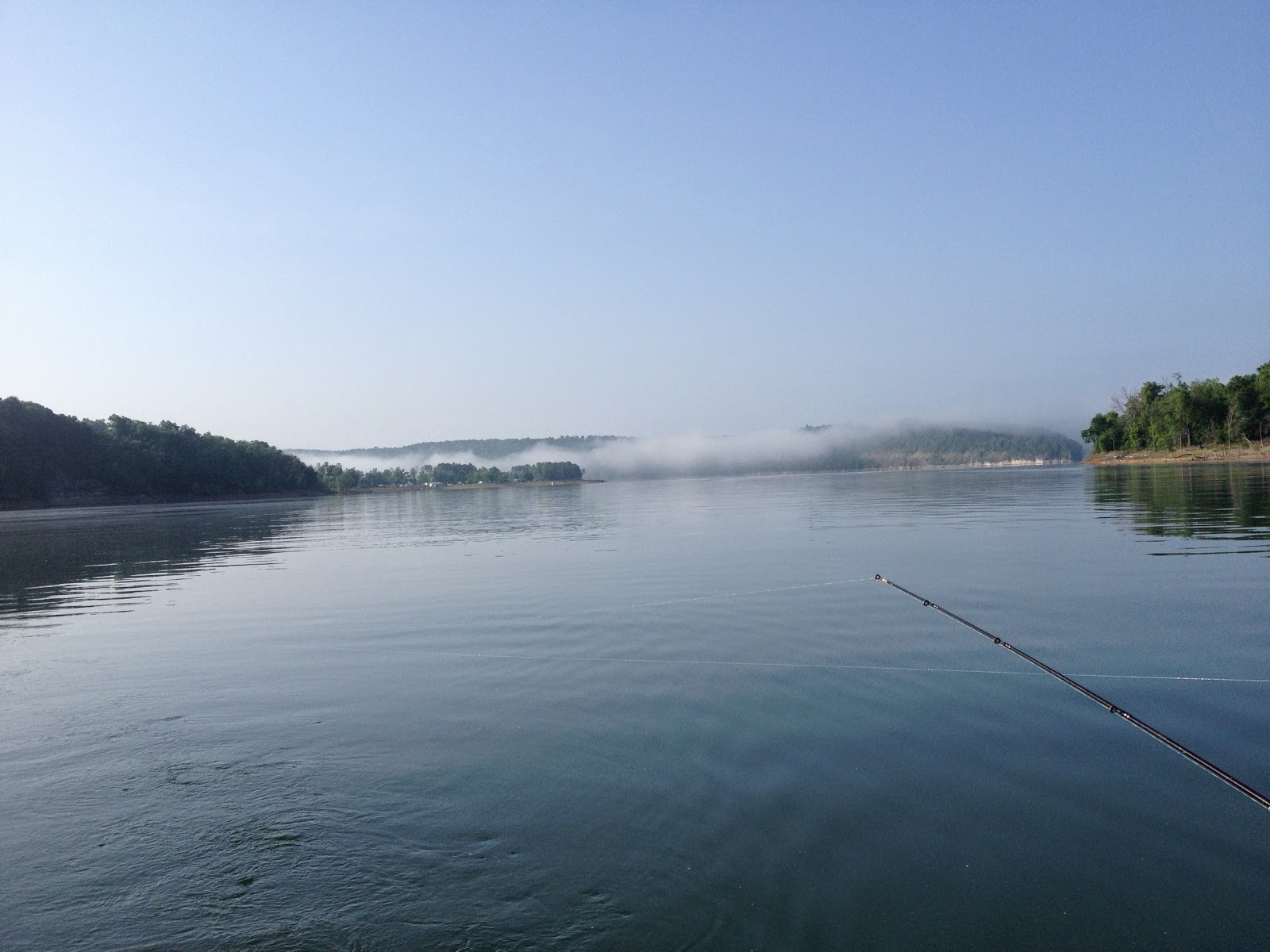Now that bow season is far behind us it is time for me to
regroup for the off season. For me that
usually means re-fletching my arrows and making sure my archery equipment is
still in good condition so I can start practicing again. If you are careful when shooting at targets
and varmints, arrows can last many years with a little maintenance. When I target shoot I generally only shoot at
one target per arrow to avoid damaging arrows.
When I shoot at squirrels and such I try to make sure I’m not shooting
into rocks or anything not arrow friendly.
I have arrows that are several years old and once or twice a year I make
them look new again by giving them new fletching and replacing nocks as needed.
I enjoy putting together my own arrows because I can make
them look the way I want and I can try out different things. I’ve tried helical verses straight, feathers
verses vanes, different lengths of feathers/vanes, and different arrangements (such
as staggered fletching). At the end of
the day I come back to the current common standard of three 2” straight
vanes. However, some of the other
combinations work well and sometimes better depending on the set up or
application. Here is a short overview. First off your arrow’s spine and overall
weight needs to be correct based on your draw length and pull weight. Secondly your bow needs to be properly
tuned. This is a subject for another
day, today we are talking about fletching combinations.
Helical verses straight-
Helical is where the fletching wraps around the arrow to
give it a lot of spin. I found that
feathers usually work better with this application. This type of fletching provides the best
stability for an arrow especially when used with longer 4 or 5 inch
fletching. However, this set up doesn’t
seem to work well with a fast shooting bow and can have rest clearance issues
Straight is where the fletching is straight but usually
slightly angled to provide some spin. This
works well with both feathers and vanes.
It doesn’t provide as much spin, but it is not needed as much for
modern, fast, straight (tuned) shooting bows.
Feather verses vanes-
Feathers are lighter and more resistant to deflection and
warping, but they wear out quicker and can hold water if in the rain. Vanes are weather resistant and durable
unless they pass through a target one time and then they are warped.
Different lengths of feathers/vanes-
Like most variables on a bow this is a tradeoff. The longer the feather/vane the more guidance
or stable the arrow, but the longer vanes make the arrow heavier and
slower. So you are trading speed for
stability.
Different arrangements-
The only different arrangement I’ve tried so far is
staggered fletching. This is where the
back of one feather is at the standard location, the back of the second feather
is moved up about ½-1 inch, and the third feather is moved up the same distance
from the second. What this gives you is
the stability of a longer fletching by using a shorter fletching. I’ve tried this and it seems to work. I didn’t notice much difference but they
performed just as good as standard fletching. This style does not work well
with a whisker-biscuit type rest.
At the end of the day it is what you prefer and or what
works best for your set up. I use 2 inch
straight vanes for my hunting set up.
For the 3-D range I like to use 3 inch straight feathers and sometimes
staggered just to be different. For my
recurve I use 5 inch helical feathers.
If you want to get into fletching your own arrows, it is
easy to do and really only requires a jig.
I would recommend a Jo-Jan arrow fletching jig. You can do six arrows at a time and you can
get straight or helical clamps. If you
look behind the counter at your local archery shop it is probably what they are
using. I’ve had mine for years and it
works great.













































